ECAL students design interactive products that address "lack of humanness" in electronics
Milan 2014: a teaspoon that follows a cup around a table and a clock that mimics the actions of the person in front of it were among projects presented by students from Swiss university ECAL in Milan (+ movie).
Based around the title Delirious Home, ECAL's Bachelor of Industrial Design and Media & Interaction Design students explored alternatives to the idea of the electronically connected smart home by creating products with more tangible behaviours.
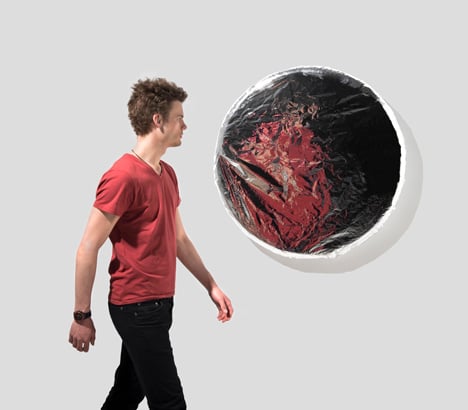
"Technology has become smart but without a sense of humour, let alone quirky unexpected behaviour," explained the project's leaders Alain Bellet and Chris Kabel in a statement.
"This lack of humanness became the starting point to imagine a home where reality takes a different turn, where objects behave in an uncanny way," they added.

The projects employ sensor-based technology to enhance the interaction between user and product, encouraging people to touch them, listen to them, blow on them or move in front of them to see how they react.
Guillaume Markwalder and Aurélia von Allmen's Broken Mirror features a round surface made from a sheet of wrinkled reflective material that is pulled taught to show a clear reflection when someone approaches it.
Mr Time by Léa Pereyre, Claire Pondard and Tom Zambaz is a clock that shows the correct time until someone stands in front of it, at which point the hands follow the position of the user's arms.
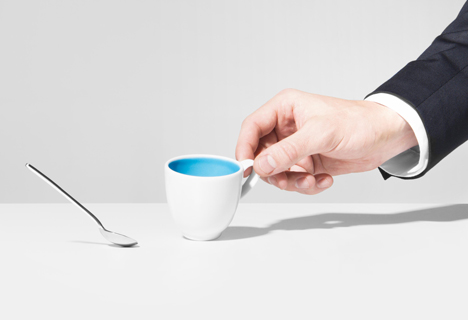
Bonnie & Clyde by Romain Cazier, Anna Heck and Leon Laskowski produces a playful interaction between a coffee cup and teaspoon.
The cup has a blue interior surface that is tracked by a camera suspended above the table, which sends a signal to a magnet mounted to a mechanism under the table surface. When the cup is moved, the magnet also moves to the same spot and causes the spoon to follow it.
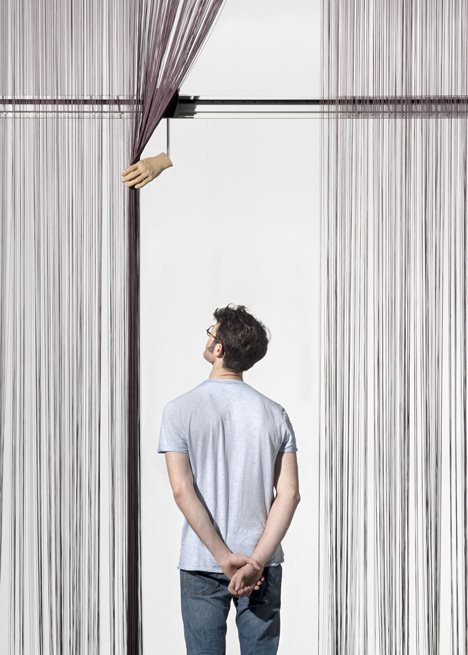
Il Portinaio by Anne-Sophie Bazard, Tristan Caré and Léonard Golay is a curtain of suspended threads that reacts to the presence of someone standing in front of it. A disembodied hand moves along a raised track to their location and draws back a section of the curtain so they can walk through.
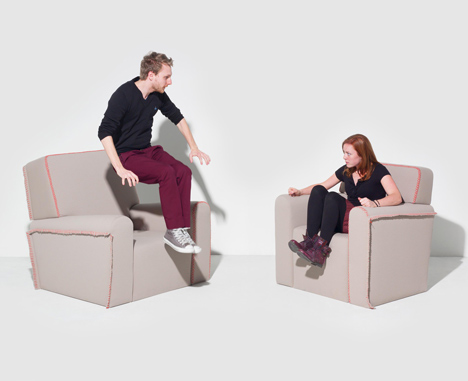
Voodoo by Megan Elisabeth Dinius, Timothée Fuchs, Antoine Furstein and Bastien Girschig facilitates a tactile interaction between people sitting in two armchairs by making one of the chairs shudder and vibrate when someone moves in the other one.
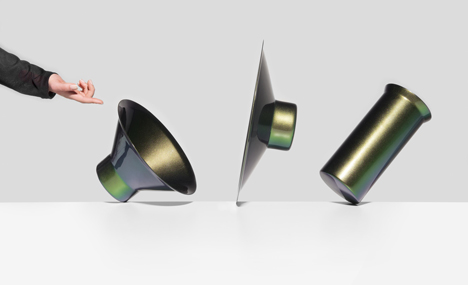
Iris Andreadis, Nicolas Nahornyj and Jérôme Rütsche designed a series of containers called Ostinati that can be tipped over and spin on the edges of their bases thanks to embedded gyroscopes.
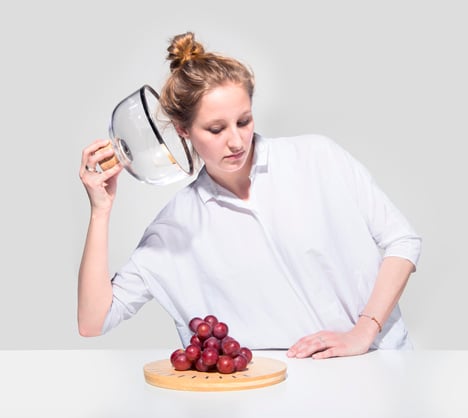
The Delicious Bells by Caroline Buttet, Louisa Carmona, Margaux De Giovannini and Antonio Quirarte turn dining into an aural experience by projecting noise from speakers embedded in the handles of glass cloches when the cloches are raised.
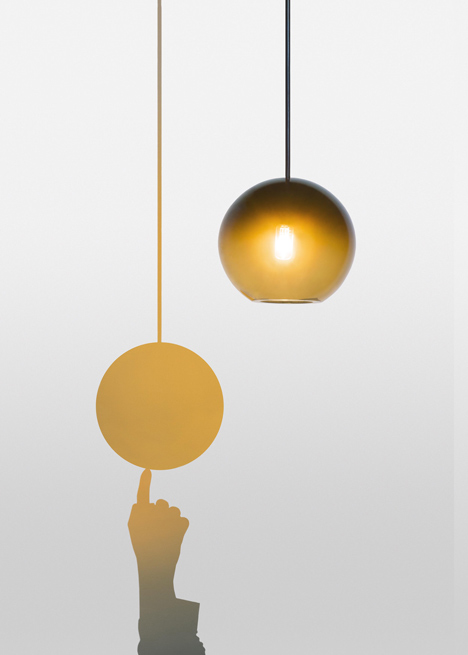
Touching the shadows of lamp shades projected onto a wall in Léa Pereyre, Claire Pondard and Tom Zambaz's Chairoscuro installation causes the corresponding light to turn on and off.
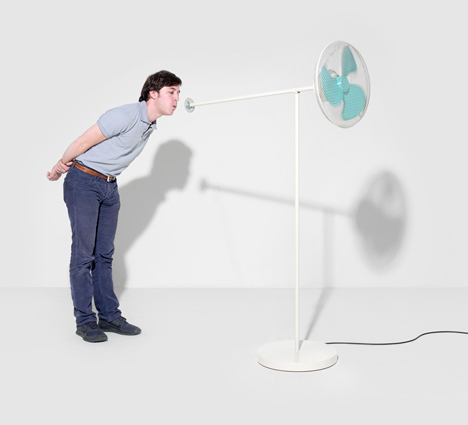
Victor Férier, Ludovica Gianoni and Daniele Walker designed a fan attached to a smaller version that users blow on to start the device.
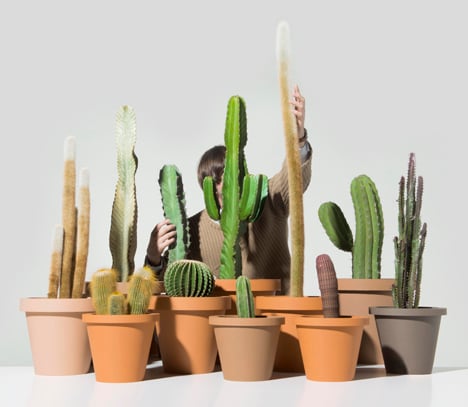
Cactunes by Pierre Charreau, Martin Hertig and Pauline Lemberger invites people to touch a series of cacti that each emit a different sound on contact.
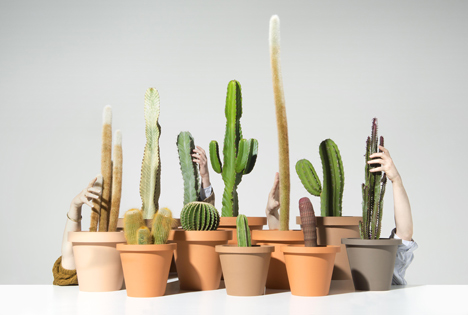
The project was presented at Spazio Orso 16 in Milan's Brera district during the Salone Internazionale del Mobile last week.
Photography is by Axel Crettenand and Sylvain Aebischer.